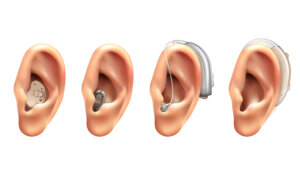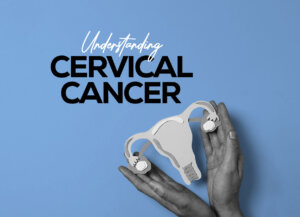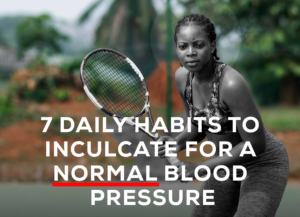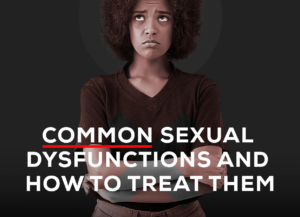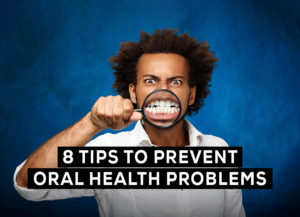Do you know your numbers? Blood pressure is written as two numbers. The first (systolic) number represents the pressure in blood vessels when the heart contracts or beats. The second (diastolic) number represents the pressure in the vessels when the heart rests between beats.

Hypertension is diagnosed, when it is measured on two different days, the systolic blood pressure readings on both days is ≥140 mmHg and/or the diastolic blood pressure readings on both days is ≥90 mmHg. Fewer than 1 in 5 people with hypertension have the problem under control. Hypertension is a major cause of premature death worldwide. One of the global targets for non-communicable diseases is to reduce the prevalence of hypertension by 25% by 2025.

Hypertension is called a “silent killer”. Most people with hypertension are unaware of the problem because it may have no warning signs or symptoms. For this reason, it is essential that blood pressure is measured regularly.
When symptoms do occur, they can include early morning headaches, nosebleeds, irregular heart rhythms, vision changes, and buzzing in the ears. Severe hypertension can cause fatigue, nausea, vomiting, confusion, anxiety, chest pain, and muscle tremors.
Among other complications, hypertension can cause serious damage to the heart. Excessive pressure can harden arteries, decreasing the flow of blood and oxygen to the heart. This elevated pressure and reduced blood flow can cause:
- Chest pain, also called angina.
- Heart attack, which occurs when the blood supply to the heart is blocked and heart muscle cells die from lack of oxygen. The longer the blood flow is blocked, the greater the damage to the heart.
- Heart failure, which occurs when the heart cannot pump enough blood and oxygen to other vital body organs.
- Irregular heart beat which can lead to a sudden death.

Hypertension can also burst or block arteries that supply blood and oxygen to the brain, causing a stroke.
In addition, hypertension can cause kidney damage, leading to kidney failure.
Prevention

- Reducing salt intake (to less than 5g daily)
- Eating more fruit and vegetables
- Being physically active on a regular basis
- Avoiding use of tobacco
- Reducing alcohol consumption
- Limiting the intake of foods high in saturated fats
- Eliminating/reducing trans fats in diet
Management
- Reducing and managing mental stress
- Regularly checking blood pressure
- Treating high blood pressure
- Managing other medical conditions


